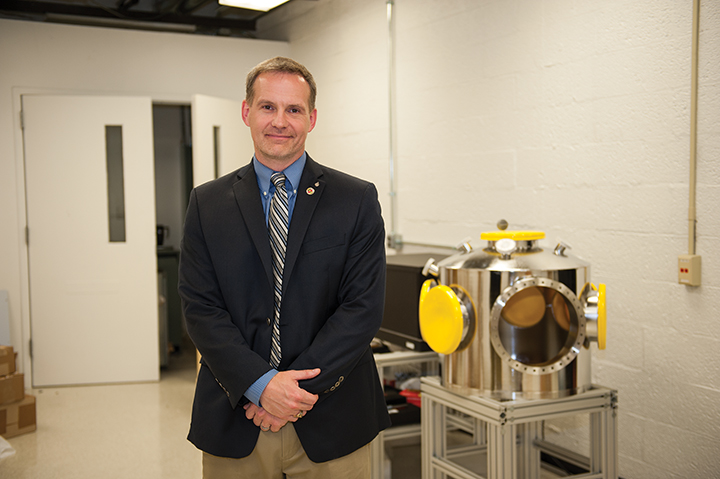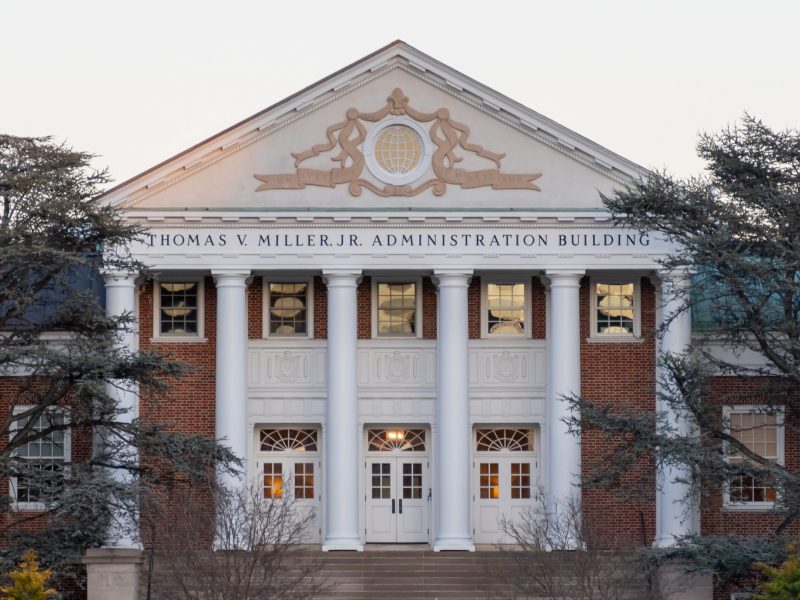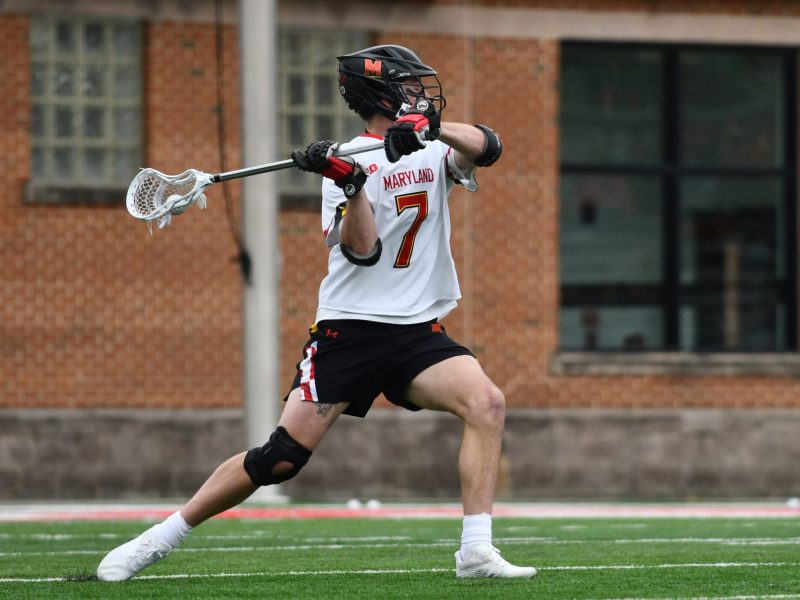
Dr. Raymond Sedwick, of the Center for Orbital Debris Education and Research (CODER), feels the organization will offer an opportunity for communication and research between various branches of the university while gaining a multidimensional approach to the problem of space debris.
From specks of dust to junk the size of a school bus, debris has been floating around space since the first exploration programs launched. And for the first time, scientists have established a center to study the discarded machinery, scraps and parts.
On May 21, university officials unveiled the Center for Orbital Debris Education and Research, a centralized base for research and policy on the issue of space debris.
The ever-growing collection of debris orbiting the Earth is concerning to many government agencies, especially those with assets in space, but none of them have been able to come together to tackle the issue, said founding CODER faculty member and aerospace engineering professor Raymond Sedwick.
“People know that this is a problem; people want to do something about it,” Sedwick said. “And this is just the collaboration to get people organized.”
The continuing conversation, which includes NASA and the Defense Department, has produced three main perspectives: Some argue policy changes will stanch waste production, others advocate junk removal through remediation and still more push for mitigation to protect existing technology.
CODER is unique in that it combines all three approaches and it is the first agency to attempt an interdisciplinary approach, Sedwick said. Scientists, legal experts, economists and more comprise the collaborative unit to solve the problems created by space debris.
“[CODER] is considering all dimensions of the problem,” Sedwick said. “We’re concerned about technology development; we’re concerned about policy; we’re concerned about law and economics. These are all things that, even if we had the technology tomorrow, we wouldn’t be able to fix this without them.”
The university provided startup funds, and Sedwick wrote in an email that the center is looking into government and industry partnerships.
“The hope is certainly that people in government who need information will see [CODER] as a place to turn,” said Nancy Gallagher, associate director for research at CODER and international and security studies research director in the public policy school.
The majority of the center’s researchers are faculty, but students also have the opportunity to get involved.
Matthew Marcus, a CODER researcher and aerospace engineering doctoral candidate, is working on software for devices to bring low-orbiting space debris back into the atmosphere. His main focus is finding a balance between effectiveness and cost efficiency so the device can work quickly enough to stop problems from getting worse at a reasonable cost.
“This is a situation that is very important that we address going forward in the next couple years and decades in space flight,” Marcus said. “I’m excited to be a part of whatever solution that we come up with.”
Space debris wasn’t considered an important issue until recent years, Sedwick said. Officials thought there was “plenty of room in space” for space shuttle parts left behind from previous missions with little risk to assets humans rely on, such as satellites, he said.
“The speeds in orbit are in the order of thousands of kilometers per second,” said Sedwick. “So even something as small as a grain of sand traveling at those speeds can cause substantial damage.”
Sedwick warned of the urgency of the issue of space debris, saying the methods of communication people rely on for day-to-day life, as well as for national security, could be at stake.
“The consequences of doing nothing are pretty dire for the space program in general,” he said. “It’s not going to be tomorrow, it might not even be 10 years, and it’s hard to say when. The problem is, once you’re sure the time has come, it’s almost too late. In fact, it probably is too late.”



